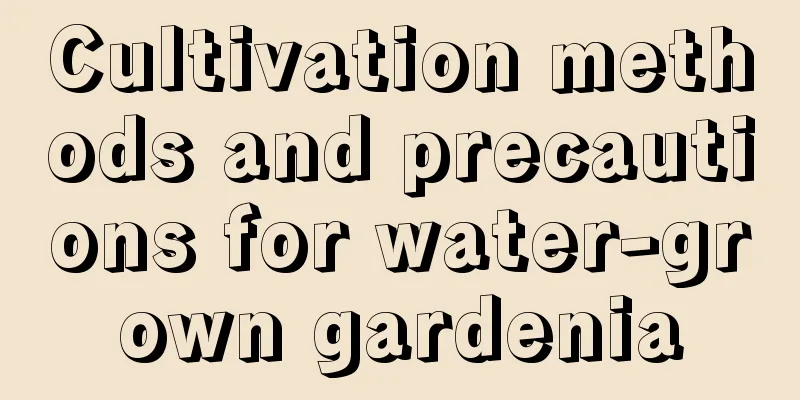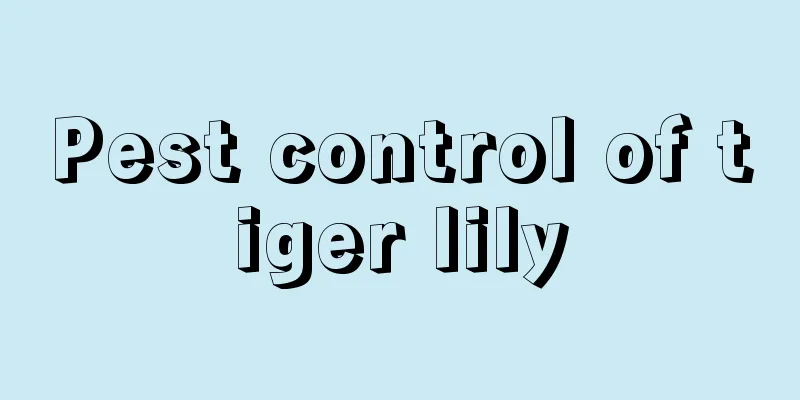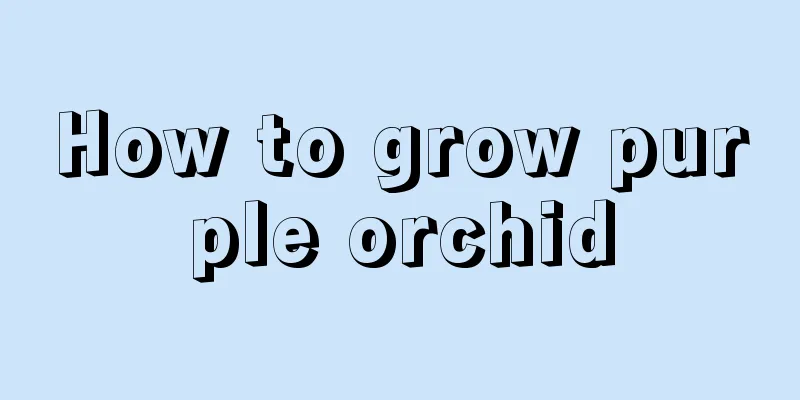Can pumpkin leaves be eaten? Introduction to the effects and functions of pumpkin leaves

1. Can pumpkin leaves be eaten?Pumpkin leaves are edible. Pumpkin leaves are the young leaves of pumpkin. They are a kind of green and tender leaves, and are also a kind of dietary medicinal material. It is rich in vitamins, amino acids and dietary fiber, and has rich nutritional value. After people eat pumpkin leaves, they can fully absorb these nutrients, which is very effective in maintaining physical health. 2. Introduction to the efficacy and functions of pumpkin leavesClearing heat and relieving summer heat: Pumpkin leaves are cool foods with a sweet and bitter taste. Eating them in summer has a good effect of clearing heat and relieving summer heat. It has a good auxiliary therapeutic effect on summer heat and thirst, and is a very suitable food to eat in the hot summer. Stop bleeding and relieve pain: In addition to being edible, pumpkin leaves are also a medicinal material that can be used to stop bleeding and relieve pain. People can use it to treat minor injuries. You can dry the pumpkin leaves, grind them into powder, and store them dry. If necessary, sprinkle the pumpkin leaf powder directly on the wound, which can stop bleeding and relieve pain. In addition, if there is a burn, you can also temporarily use some pumpkin leaf powder to reduce the formation of blisters. Supplement nutrition: Pumpkin leaves are rich in chlorophyll, which has many functions such as hematopoiesis, vitamin provision, and detoxification. In addition, pumpkin leaves are rich in nutrients such as vitamins, dietary fiber, minerals and amino acids. After eating, these nutrients can be absorbed by the human body and supplement the nutrients needed by the human body. Treatment of dysentery: Pumpkin leaves contain natural bactericidal ingredients. After being eaten by people, they can kill Shigella dysenteriae and other bacteria that are harmful to intestinal health in the human intestines. |
<<: What is incompatible with pumpkin? What can't pumpkin be eaten with?
>>: How to cook pumpkin deliciously and simply, how to eat pumpkin
Recommend
The difference between love grass and lavender
1. Plant Differences Lavender is a small shrub wi...
Hydroponic cultivation method of four-season plum
1. Hydroponics Generally speaking, common four-se...
How to save seeds of Chinese cabbage
How to get Chinese cabbage seeds Chinese cabbage ...
How to cultivate lucky bamboo to make it more vigorous
Transmission Bamboo Growth Conditions The lucky b...
Does bougainvillea bloom in winter? How to manage it after flowering
1. Does it bloom in winter? Bougainvillea blooms ...
When is the best time to plant cantaloupe seeds?
Cantaloupe seed planting time Hami melon is an an...
How to grow Photinia
1. Maintenance methods 1. Potting soil: The photi...
Cultivation method of purple-backed arrowroot
1. Maintenance methods 1. Temperature: It is main...
What are the cultivation methods and precautions for potted aloe vera?
How to grow aloe vera in pots Aloe is a plant of ...
Disease and insect pest control of broad-leaved red gate orchid
1. Sheath Rust Sheath rust is a common pest and d...
How to fix the rose wall
1. How to fix When making a rose wall, you can ch...
What are the breeding methods and precautions for succulent Chihuahuas?
Chihuahua is a succulent variety that we are very...
The summer of childhood, those beautiful little things in memory...
The summer in my memory is the season of watermel...
How to prune peony
Pruning time Peony is a herbaceous plant with rap...
How to grow sugarcane to make it crisp and sweet (Sugarcane planting methods and cultivation techniques)
How to Plant and Manage Sugarcane In the Jianghan...









